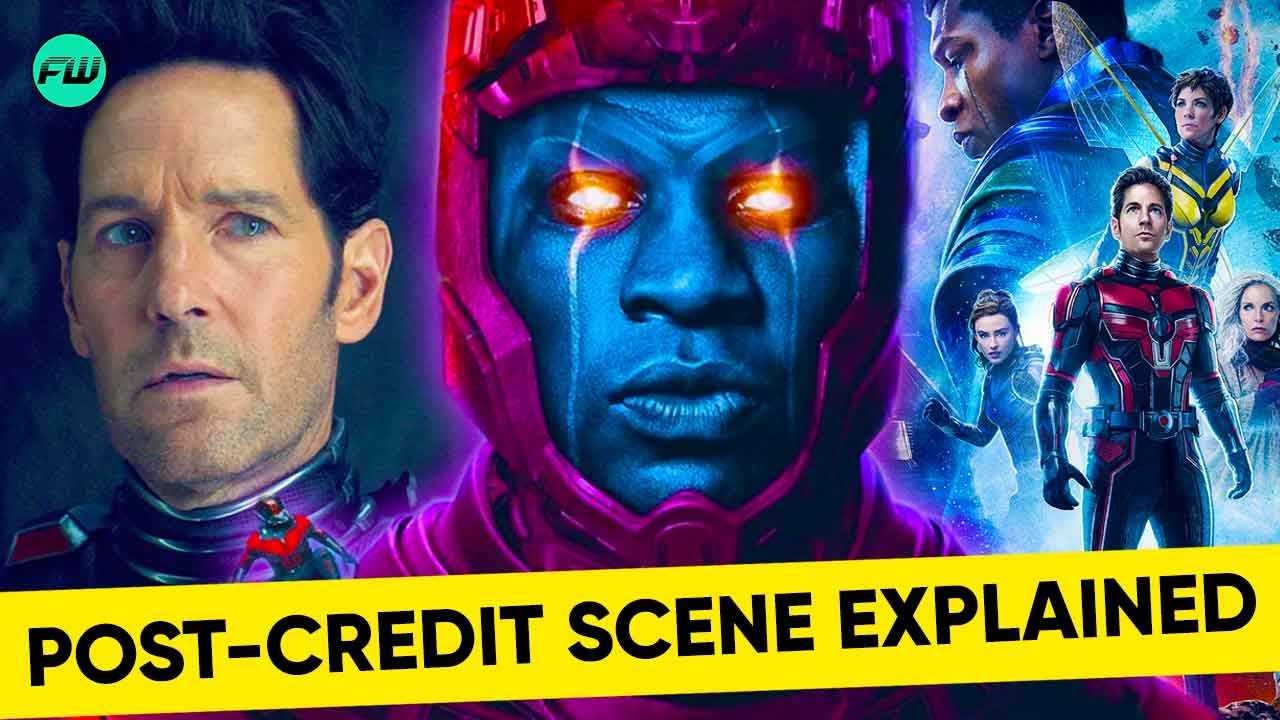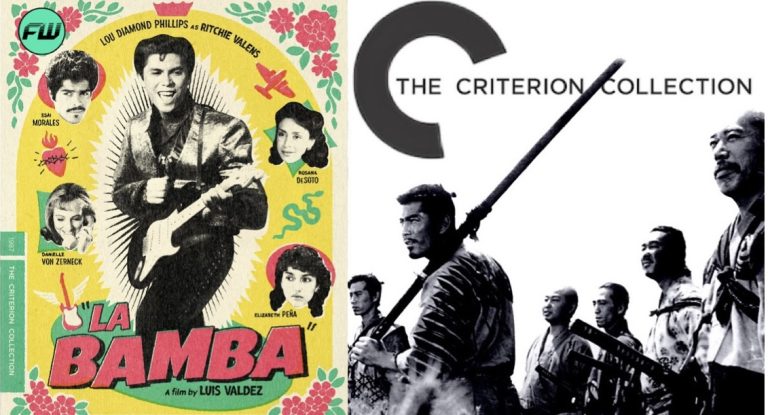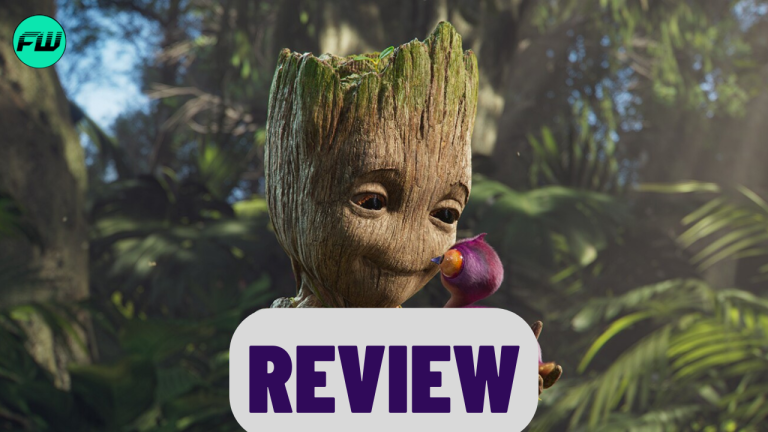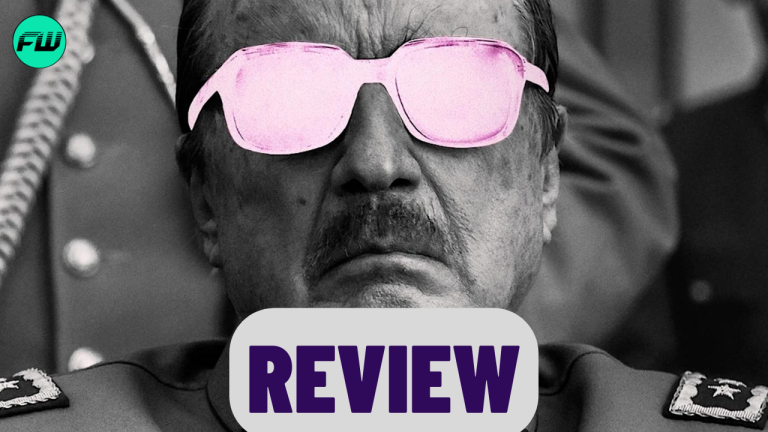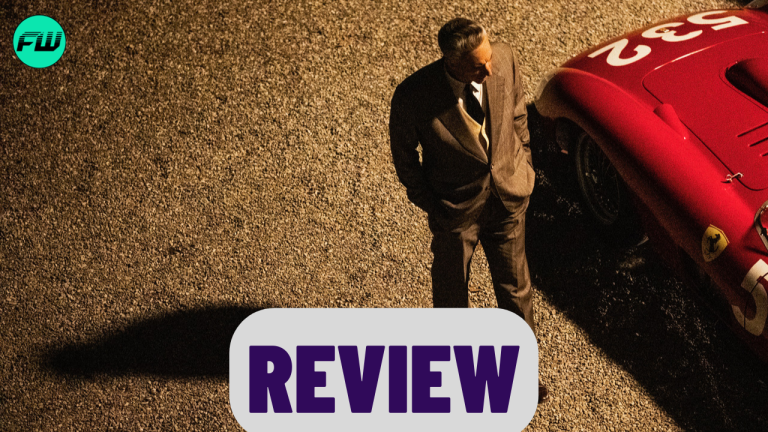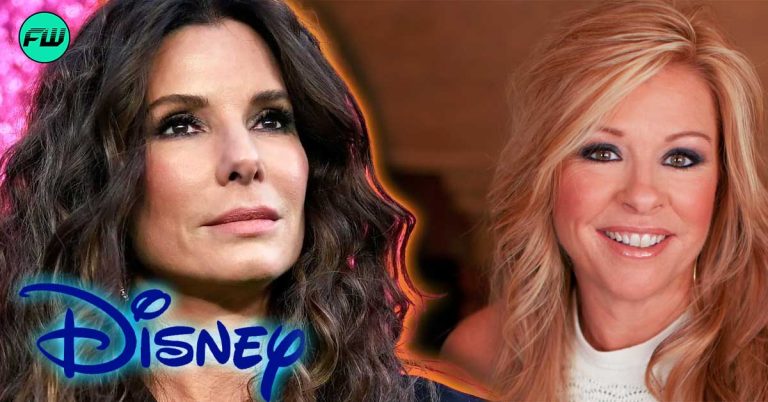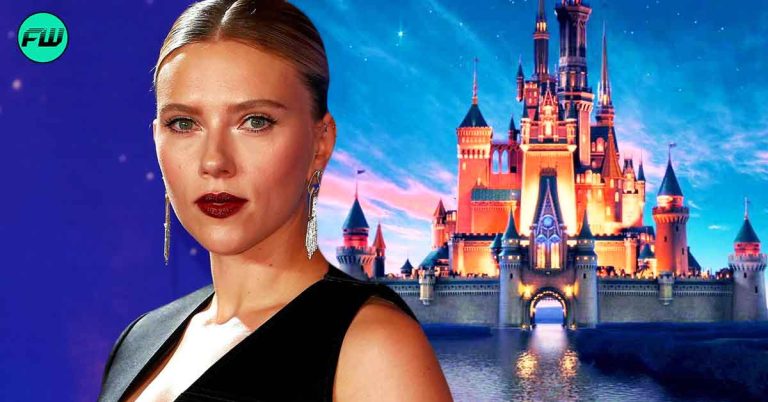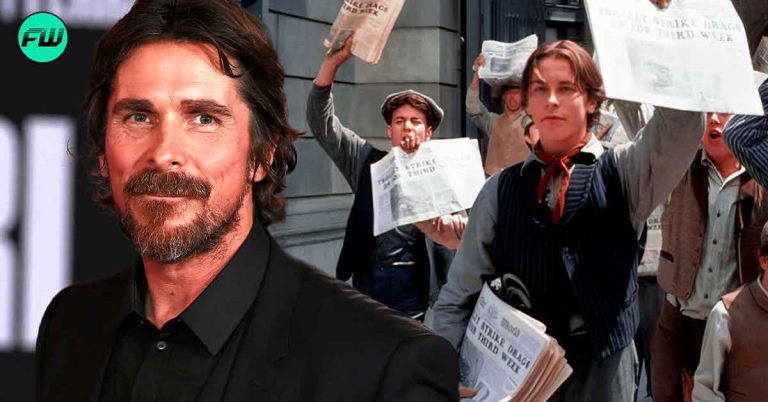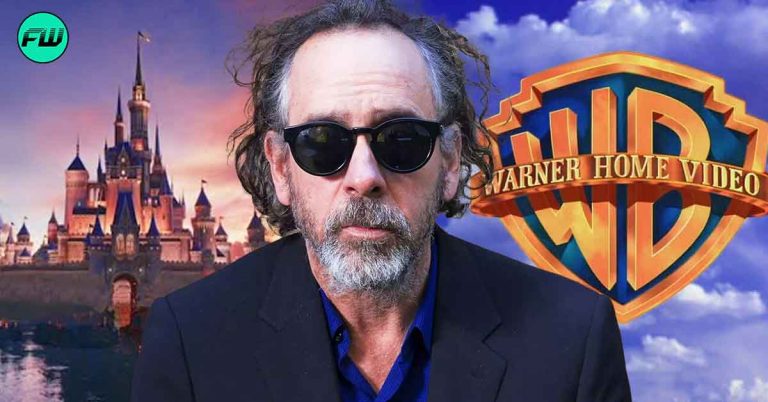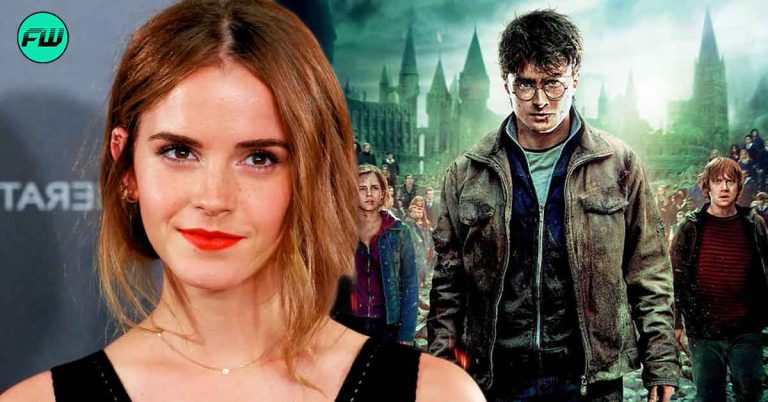Ant-Man and the Wasp: Quantumania had a lot to live up to. Not only was it responsible for launching the Marvel Cinematic Universe into Phase 5, but it would serve as the introduction to the MCU’s next major villain, Kang The Conqueror. At the time of this writing, Quantumania sits at a “Rotten” rating of 51% on the review aggregator site, “Rotten Tomatoes.” My own review of the film was somewhat harsh, as well. That review can be read here.
However, despite the film’s mixed reception among critics and early viewings, it serves a significant purpose. Love it or hate it, Ant-Man’s third outing is responsible for setting up the entirety of the Kang Dynasty, which will span the next several phases. In typical Marvel fashion, much of this is done through the film’s mid and post-credits scenes. Let’s dive into both scenes and get to the bottom of what they mean for the future of the MCU. And, of course, read at your own risk. There will be spoilers for Ant-Man and the Wasp: Quantumania below.
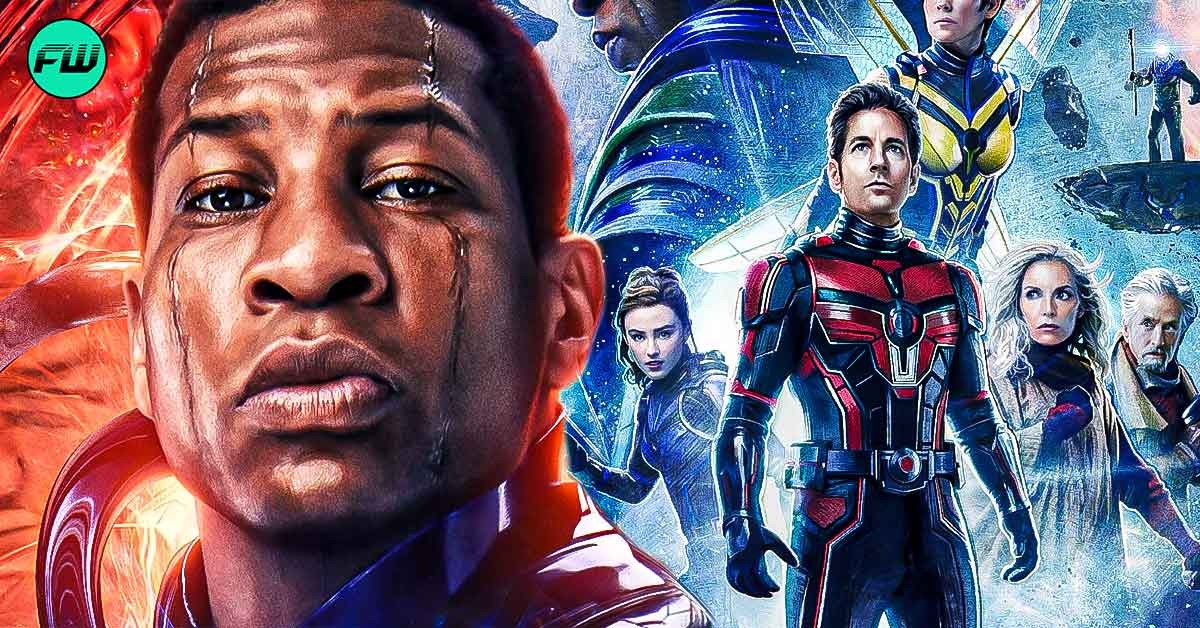
Ant-Man and the Wasp: Quantumania Mid-Credits Scene Explained

It’s a good thing that Jonathan Major’s performance as Kang is one of the highlights of Ant-Man and the Wasp: Quantumania because we get more of him in the film’s mid-credits scene. Much more. Following Kang’s apparent death in the film’s climactic battle, fans may have been wondering what this meant for the villain and his future appearances. The mid-credits scene explains this by showcasing several variants of Kang discussing the events of Ant-Man and the Wasp: Quantumania and how to handle it.
At first, we see only three variations of Kang, most notable among them is one dressed in ancient Egyptian garb. This is likely a representation of Rama-Tut. In Marvel comics, Kang becomes stranded in 2960 BC Egypt where he uses modern technology to conquer and rule under the title of Rama-Tut. Is it possible that Rama-Tut could come face-to-face with Moon Knight in a future installment? We sure hope so.
The variants speak of Ant-Man and the Wasp: Quantumania Kang’s death. Although they don’t refer to Scott Lang or the Avengers by name, it’s clear who the “They” in discussion is. It’s implied that the Kangs are worried about the Avengers, or at the very least want to be prepared. While Thanos was clueless about Earth’s Mightiest Heroes, Kang (and his variants) have a vast knowledge of time and the multiverse. He’s come face to face with the Avengers and, as a result, knows how dangerous they can be to his plans of multiverse domination. The fact that Ant-Man and the Wasp were able to defeat one on their own drives this point home and leads the Kangs to a call for action; to assemble every Kang variant into a single, unstoppable army.
This is when the true scope of Kang is revealed. The camera pans to showcase a massive congregation of Kangs. Each variant represents an alternate version of the villain, and we even see what appears to be a Skrull Kang. So what does this mean for the MCU? Well, it means we’ll likely see several iterations of the villain through the next several phases. The MCU is doubling down on the Multiverse and it’s increasingly likely that we’ll see alternate versions of our favorite heroes teaming up to battle an army of Kangs. How epic would that be?
Also Read: Ant-Man and the Wasp: Quantumania Becomes 2nd Marvel Movie, After Eternals, To Get A Rotten Rating
Ant-Man and the Wasp: Quantumania Post-Credits Scene Explained
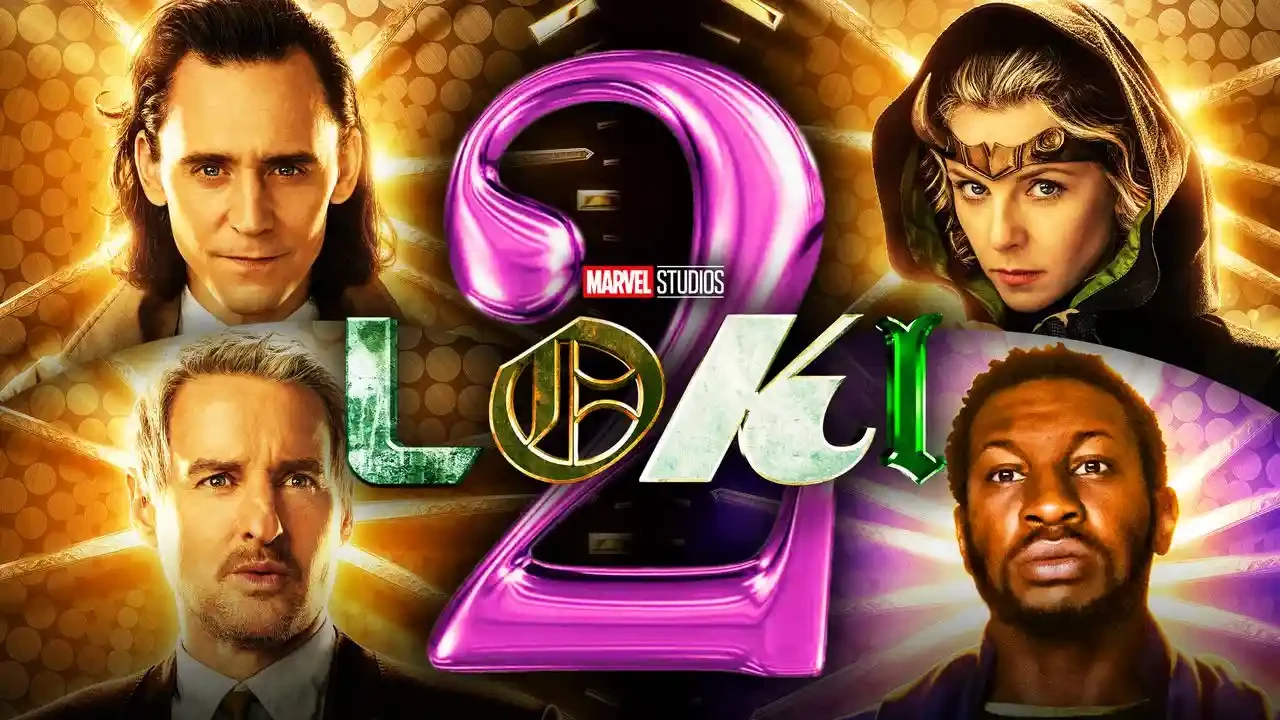
Be sure to sit through all of the credits because, at the very end, we get a glimpse of the highly anticipated second season of the Disney+ original series Loki. Oh, and we get more Kang. The Ant-Man post-credits scene opens with Kang actor Jonathon Majors dressed in clothing appearing to be of the early 1900s. He’s on a small stage and presenting an invention to a modest-sized audience who all seem fully intrigued. This iteration of Kang feels very reminiscent of real-life inventor Nikola Tesla who passed away in 1943.
This variant is likely Victor Timely. Or, at the very least, inspired by Timely. In Marvel comics, Kang travels to 1901 where he takes on the title of Victor Timely and founds the new city of Timely, Wisconsin. Acting as the city’s mayor, he uses his knowledge of the future to turn Timely into a technological marvel over the course of several years.
The post-credits scene then cuts from Kang to the audience where we see Loki (Tom Hiddleston) and Mobius (Owen Wilson) hidden amongst the crowd and disguised in the clothing of the time. Loki glares at Kang with a look of fear as Mobius appears to be unimpressed. Mobius remarks that Kang doesn’t appear to be much of a threat and Loki assures Mobius that he is. The most compelling element of this post-credit scene is the fear Hiddleston can express through a single look.
So, what does that mean for Loki: Season 2? It seems we’ll be receiving several comic-accurate iterations of Kang variants throughout his run in the MCU. We know that Mobius and Loki have teamed up once again, and appear to be traveling through time searching for or tracking Kang. Season 1 of Loki had its hands full laying the groundwork and explaining the Time Variance Authority. Does that mean season 2 will be free to focus on the time-traveling adventures and action of going after Kang the Conqueror? Most likely. And we’re here for it.
Loki: Season 2 is expected to release in the summer of 2023.
Follow us for more entertainment coverage on Facebook, Twitter, Instagram, and YouTube.

